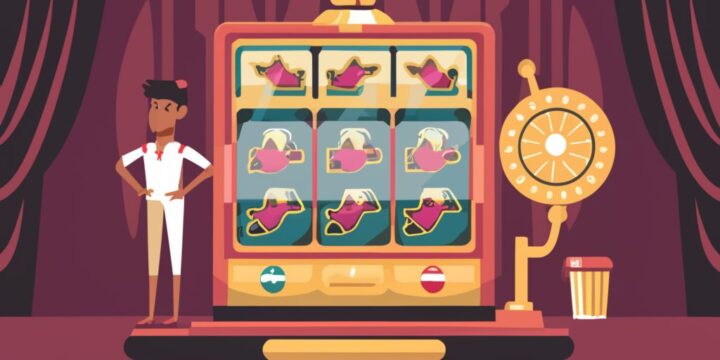
Game Slot Online Penghasil Uang Tanpa Deposit 2024
Game Slot Online Penghasil Uang Tanpa Deposit telah mencuri perhatian dunia gaming, menyediakan pengalaman yang mendalam dan seru bagi pemain di seluruh dunia. Jika Anda tertarik untuk mencoba keberuntungan tanpa melakukan deposit awal, Anda berada di tempat yang tepat. Dalam artikel ini, kita akan menjelajahi dunia menarik dari "game slot online penghasil uang tanpa deposit" – game slot online yang berpotensi memberikan Anda penghasilan tanpa komitmen keuangan awal. Pemahaman tentang Game Slot Online Sebelum kita terjun ke dunia game slot tanpa deposit, mari kita pahami terlebih dahulu bagaimana game slot online bekerja. Game ini beroperasi dengan menggunakan generator angka acak (RNG), memastikan hasil yang adil dan tidak terduga setiap kali Anda memutar gulungan. Dengan fitur seperti garis pembayaran, putaran bonus, dan tema yang menarik, game slot online menawarkan pengalaman yang…
